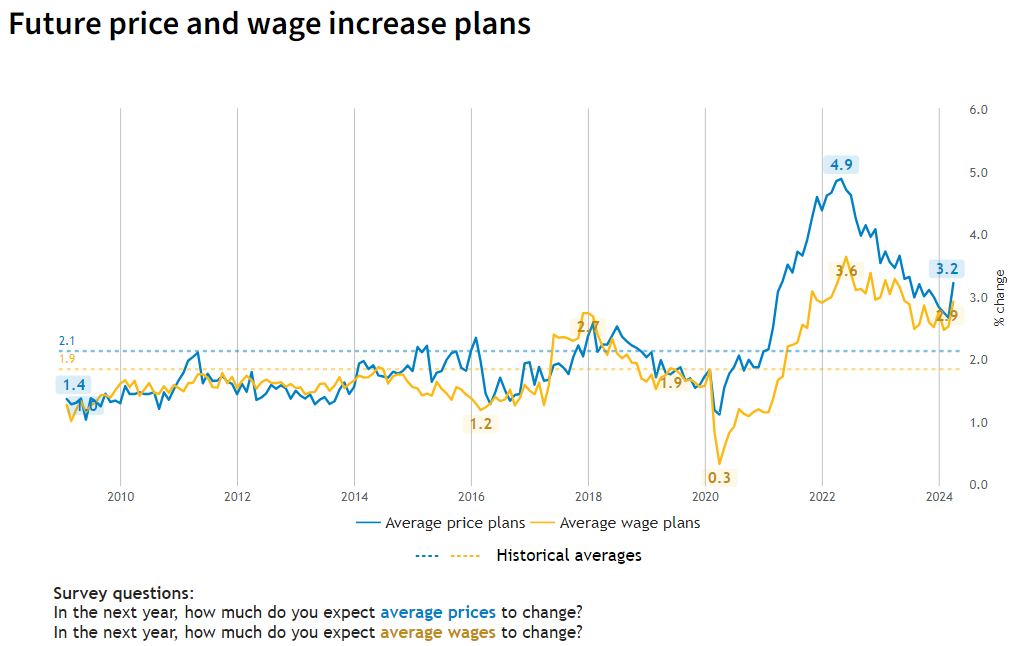Genuine D&I is multi-faceted and more than just about gender – but how can HR drive real change?
%20(500%20x%20334).jpg)
Diversity and inclusion (D&I) was one of the trending topics of 2018, discussed exhaustively as professionals recognise that it will take more than a mere initiative to overhaul the existing biases that plague society. What’s more, overcoming something as intrinsic as bias in the workplace may take more than a two-year, three-year or even ten-year strategy.
Although discussions have been progressive and headlines, cautionary, most tend to have a myopic focus on gender – what then happens to the other equally important facets of D&I?
Other facets of D&I, such as age, ethnicity, sexual orientation and people with disabilities either get lumped together or receive no mention at all – particularly for the issue on disabilities.
This is reflected in a survey of 100 top HR leaders by Workday, which cite that almost 60% of respondents feel their companies aren’t doing enough to support people with disabilities. This may be due to a lack of facilities or biased hiring practices.
So how can HR leaders and employers work on this oft-forgotten part of D&I? HRD spoke to three employers to get their thoughts and tips.
Pan Pacific Hotels Group: “Recognise that it’s a journey”
“While awareness of inclusive hiring has increased over the recent years, we are still some way from appreciating the potential contribution that employees with disabilities can bring to the workplace,” said Richard Tan, VP, Serviced Suites at Pan Pacific.
“We also need to understand that building a diverse people culture does not happen overnight. Instead it is a journey of many steps to inculcate the right mindset in everyone that a diverse workforce can make work life more enriching and meaningful for everyone.”
Andreas Sungaimin, SVP, Human Capital Development at Pan Pacific chimed in that recognising it is journey for both the employer and employee is crucial to successfully establishing an inclusive workplace. He suggests celebrating “small successes” and understanding that successful integration takes “one step at a time”.
He then shared with HRD how HR can play a vital role in the journey.
“HR should take the lead in putting in place a framework which is sustainable and takes into consideration the little details,” he said.
This encompasses everything from the initial welcome and induction, pairing employees with disabilities with a suitable buddy or mentor, to a progressive training programme.
HR should also work with a support network of supervisors and team members to plan out a suitable and meaningful career pathway for these employees. HR’s input is crucial due to their expertise on best practices, and knowing what works and what doesn’t, Sungaiman added.
Pan Pacific has managed to support employees with special needs by ensuring that the hiring team works closely with the rest of the team. He shared that the hiring team at its hotel is “very much involved” in the whole process and works closely with job coaches to carve out a personalised job scope for individuals.
“You can’t force change on people,” Sungaimin said. “Having an open mind and open arms is key to promoting and supporting diversity – especially for a regional or global company with employees who come from different walks of life.”
EDEN + ELIE: “Be clear about your business needs”
“Sometimes we frame the conversation around the disabilities or we frame it around trying to get over the disability by emphasizing other abilities and strengths,” said Stephanie Choo, founder at EDEN + ELIE, a social enterprise selling handcrafted jewellery.
“I would like to come to a day when that no longer has to be front and centre, and we recognise that inclusion is really a basic human need. We all want to be included. We all want to belong. I think that is the core of what inclusivity is.”
She added that because work is so central in our lives, everyone wants to belong in the workplace and be doing something meaningful and purposeful.
EDEN + ELIE employs a group of jewellery artisans with autism. Choo explained that hiring them was not just a matter of “numbers” – they were the right fit for the role.
“I think you have to be very clear about the job scope that you’re hiring for,” she said. “At the end of the day, you have to be very clear about your core business need.
“Because we knew that very well, we looked for the right fit for the role, […] and realised that the core requirements we needed for the [artisan] jobs were suited for our hires.”
Choo believes that one of the challenges of attaining D&I at the workplace is our tendency to have fixed mindsets. During the hiring or interviewing process, we may be used to sizing people up quickly.
“Sometimes we ask questions that help to mentally categorise people in a very pre-emptive way,” she said. “But I think that doesn’t allow us to welcome those who may have taken a very different path to get to that point.”
Doing so may result in passing off somebody who could have been perfect for your business, she said – and just because they have taken a different path to get to where they are currently.
“So at the point of interview or hire, are you able to recognise that person’s unique contributions and their unique story to get there?”
SingTel: “Collaborate with others on the same journey”
Andrew Buay, VP, group sustainability at SingTel similarly believes that one of the biggest challenges of attaining genuine diversity is a lack of understanding of the ability, skills and potential that persons with disabilities can bring to the workplace.
“This can result in unconscious bias against hiring people with disabilities,” he said. “As such, companies may not even look for such talent, thinking that disabled people lack the relevant skills.
“Some companies worry about whether they are ready to employ them. However, I am confident that with the necessary knowledge, the right attitude, and a broader culture of inclusion, companies can open doors for those who want to join the workforce.”
He elaborated that for companies to create a successfully inclusive and supportive workplace, there needs to be buy-in from across the board. Management needs to lead by example and have a clear commitment to diversity.
Additionally, employees should be engaged at all levels to promote a culture of inclusivity and support. It is also best to leverage existing core values and principles and build out an inclusive strategy for the long term.
Besides working from the inside out, Buay also suggests tapping on support from the outside.
“We have found it useful to connect, learn and collaborate with other companies and stakeholders who are on this same journey, or who are more progressive in their inclusion programmes,” he said.
He added that business networks are a great starting point for knowledge exchanges as everyone can come together to learn in a friendly and safe environment. Buay himself is a co-chair of the Singapore Business Network on Disability.
“Inclusion is everyone’s responsibility. The whole ecosystem of stakeholders needs to work together to build a more inclusive workplace.”








